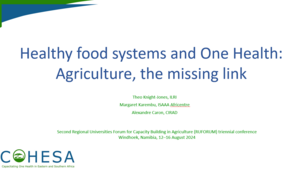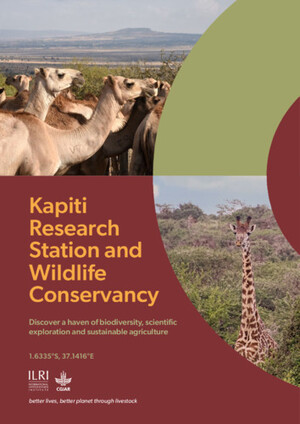
Understanding N2O emissions in African ecosystems: Assessments from a semi-arid Savanna grassland in Senegal and sub-tropical agricultural fields in Kenya
Abstract
This study is based on the analysis of field-measured nitrous oxide (N2O) emissions from a Sahelian semi-arid grassland site in Senegal (Dahra), tropical humid agricultural plots in Kenya (Mbita region) and simulations using a 1D model designed for semi arid ecosystems in Dahra. This study aims at improving present knowledge and inventories of N2O emissions from the African continent. N2O emissions were larger at the agricultural sites in the Mbita region (range: 0.0 ± 0.0 to 42.1 ± 10.7 ngN m−2 s−1) than at the Dahra site (range: 0.3 ± 0 to 7.4 ± 6.5 ngN m−2 s−1). Soil water and nitrate (NO3−) contents appeared to be the most important drivers of N2O emissions in Dahra at the seasonal scale in both regions. The seasonal pattern of modelled N2O emissions is well represented, though the model performed better during the rainy season than between the rainy and dry seasons. This study highlighted that the water-filled pore space threshold recognised as a trigger for N2O emissions should be reconsidered for semi-arid ecosystems. Based on both measurements and simulated results, an annual N2O budget was estimated for African savanna/grassland and agricultural land ranging between 0.17–0.26 and 1.15–1.20 TgN per year, respectively.
Citation
Bigaignon, L., Delon, C., Ndiaye, O., Galy-Lacaux, C., Serça, D., Guérin, F., Tallec, T., Merbold, L., Tagesson, T., Fensholt, R., André, S. and Galliau, S. 2020. Understanding N2O emissions in African ecosystems: Assessments from a semi-arid Savanna grassland in Senegal and sub-tropical agricultural fields in Kenya. Sustainability 12(21):8875.










